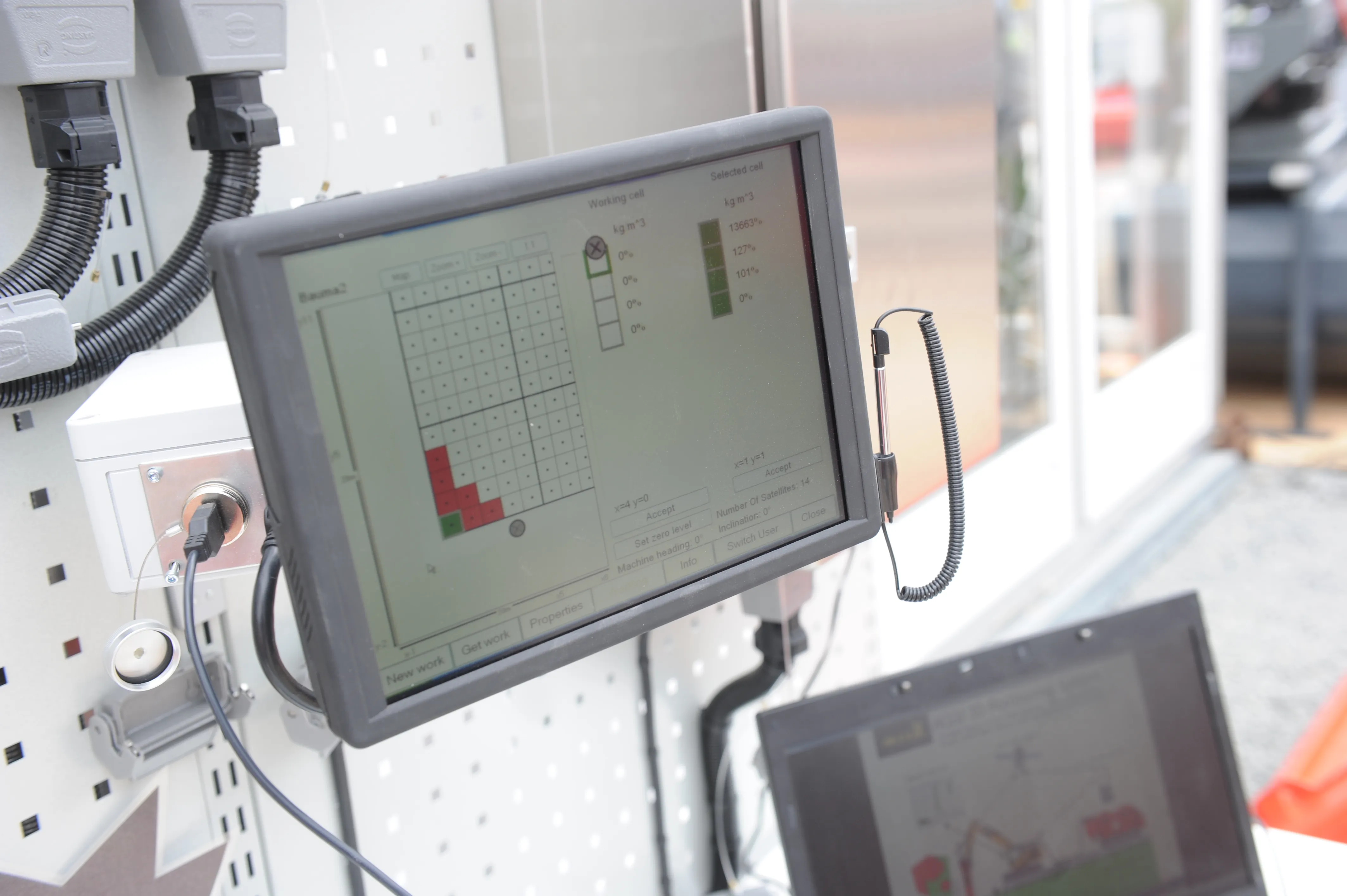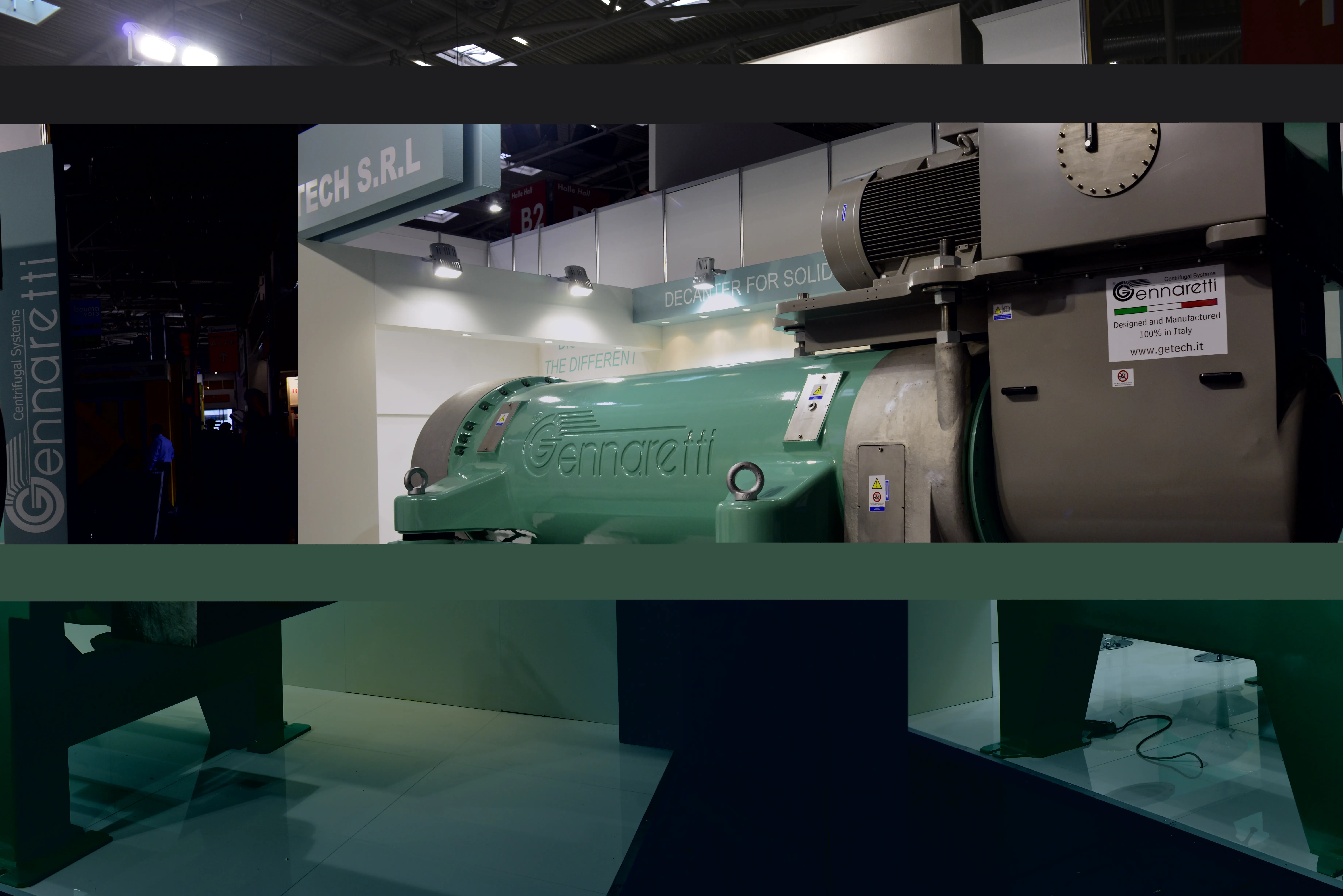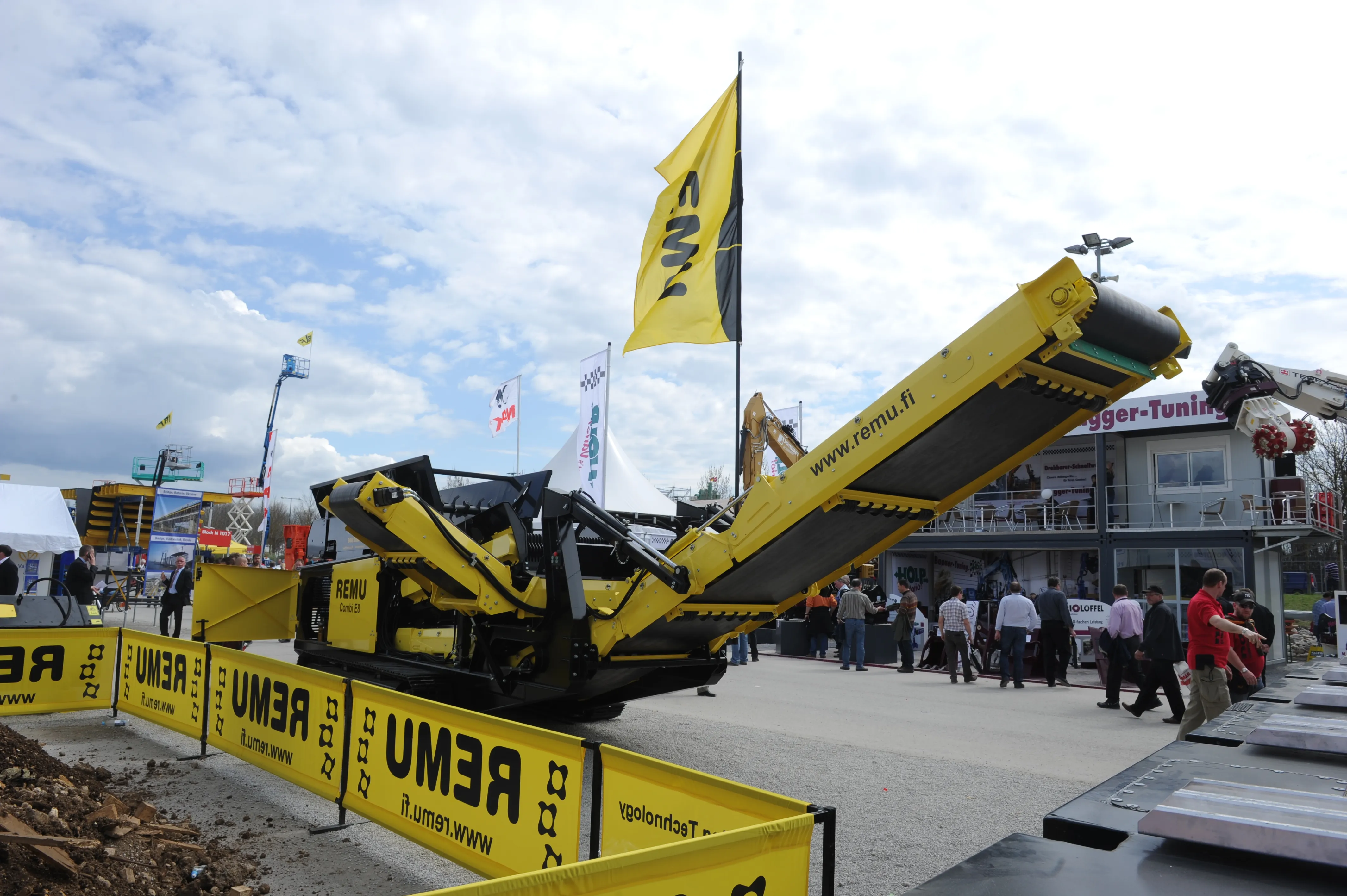Mass stabilisation is a method for strengthening soft soils, and it can also be used for processing contaminated material by encapsulating the soil in situ and thus preventing the contaminant from spreading into the surrounding areas. According to Finnish company ALLU, which is introducing its new ALLU 3D Positioning System, the most popular use of mass stabilisation technology currently is in road construction projects and harbours, although more recently many clients globally are exploring the technique f
February 5, 2013
Read time: 2 mins

Mass stabilisation is a method for strengthening soft soils, and it can also be used for processing contaminated material by encapsulating the soil in situ and thus preventing the contaminant from spreading into the surrounding areas.
According to Finnish company2180 ALLU, which is introducing its new ALLU 3D Positioning System, the most popular use of mass stabilisation technology currently is in road construction projects and harbours, although more recently many clients globally are exploring the technique for processing difficult- to-handle sludges as an alternative to more expensive methods currently being used such as mass change.
The mass stabilisation process is carried out by feeding dry powder such as binder from a pressure feeder via hose to the mixing head mounted on an excavator.
With the ALLU 3D Positioning System, which consists of four modules (computer unit with software, touch screen, base station and GPS sensor utilising GPS –signals) the mixing head is positioned to the right place on the work area.
The system guides the base machine operator to feed right amount of binder and to mix adequately each block of the site. It also tells when to change location and start stabilising from another point.
“Thus it eases the performance of the mixing work, ensures homogenous mixing results and accurate binder feeding as well as reduces the consumption of the binder,” says ALLU.
The new ALLU 3D Positioning System can be mounted on old and new ALLU stabilisation systems.
According to Finnish company
The mass stabilisation process is carried out by feeding dry powder such as binder from a pressure feeder via hose to the mixing head mounted on an excavator.
With the ALLU 3D Positioning System, which consists of four modules (computer unit with software, touch screen, base station and GPS sensor utilising GPS –signals) the mixing head is positioned to the right place on the work area.
The system guides the base machine operator to feed right amount of binder and to mix adequately each block of the site. It also tells when to change location and start stabilising from another point.
“Thus it eases the performance of the mixing work, ensures homogenous mixing results and accurate binder feeding as well as reduces the consumption of the binder,” says ALLU.
The new ALLU 3D Positioning System can be mounted on old and new ALLU stabilisation systems.
%$Linker:








